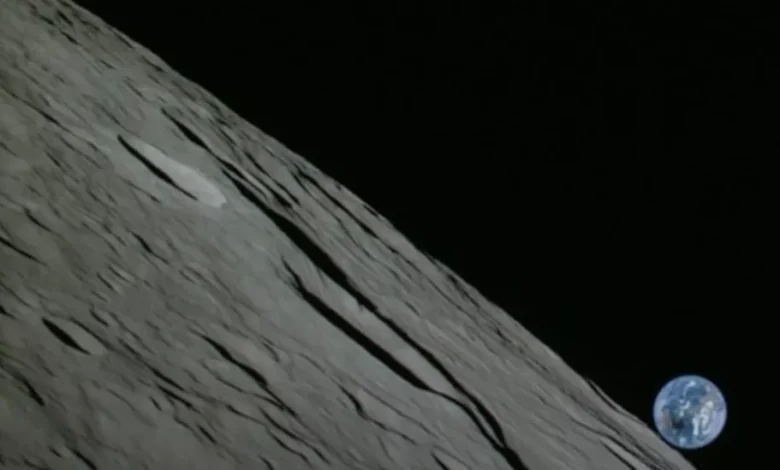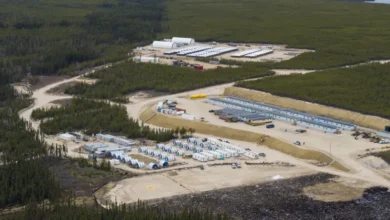iSpace: First private moon landing likely to have failed

A Japanese company hoping to make history by carrying out the first private Moon landing says its mission is likely to have failed.
Communication was lost with the Hakuto-R lunar lander moments before it was due to touch down.
Engineers are investigating what happened.
The Tokyo-based iSpace had hoped the lander would release an exploratory rover, as well as a tennis-ball-sized robot developed by a toymaker.
The craft was launched by a SpaceX rocket in December, and has taken five months to reach its destination.
Those missions took only a few days to reach lunar orbit, but it took Hakuto-R five months. This was because it had a much less powerful propulsion system, in order to save fuel and reduce costs.
“We have not confirmed communication with the lander,” iSpace CEO Takeshi Hakamada said about 25 minutes after the planned landing.
“We have to assume that we could not complete the landing on the lunar surface,” he added.
The M1 lander appeared set to touch down around 16;40 GMT on Tuesday after coming as close as 295 feet (89 m) from the lunar surface, a live animation showed.
The lander was just over 2m tall and weighed 340kg, relatively small and compact by lunar spacecraft standards. It had been due for an hour-long landing manoeuvre from its orbit, around 100km above the surface, where it was moving at nearly 6,000km/hour.
After reaching the landing site in the Moon’s northern hemisphere, the Hakuto-R was to deploy two payloads to analyse the lunar soil, its geology and atmosphere. One of them was made by the toy company TOMY, which created the Transformers.
The United States, Russia and China are the only countries to have managed to put a robot on the lunar surface, all through government-sponsored programmes.
The primary aim of the mission was to assess the viability of commercial launches to the lunar surface. It was the first test by iSpace of what they hope will be a series of commercial landers over the next few years, each more ambitious than the previous.
The company’s vision is to provide commercial services for a sustained human presence on the lunar surface, such as sending up equipment for mining and producing rocket fuel.
According to Dr Adam Baker, who is director of a space consultancy firm not involved with the project, Rocket Engineering, a successful landing would have represented a “step change” in commercial involvement in space exploration.
“If it is affordable and can be repeated, it opens up the door for anyone who is prepared to pay the price to land something on the surface of the Moon,” he said.










